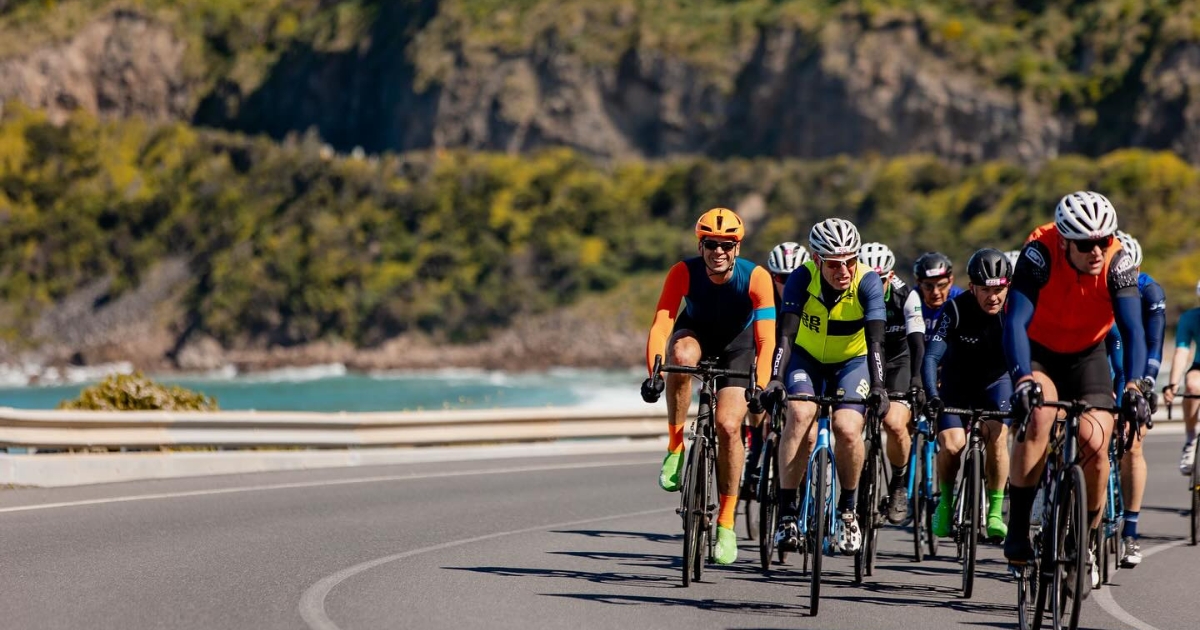Answers needed over microplastics threatening wetlands

Large amounts of microplastics were found along the southern shoreline of Thomson Creek last month. Photo: SUPPLIED
THE Surfrider Foundation is raising the profile on microplastics threatening the region’s major wetlands.
Last month large amounts of microplastics were found along the southern shoreline of Thomson Creek with the Foundation’s Surf Coast branch since taking the opportunity to advocate for a cleaner environment.
The area which is bordered by the Karaaf Wetlands and Point Impossible is home to tens of thousands of migratory birds causing concerns for their wellbeing.
Member John Foss conducted a report into the “mysterious” pollution while calling on authorities to investigate the matter.
“Our research suggests that one possible source could be the Black Rock Treatment Plant ran by Barwon Water,” he said.
 “It is our understanding that faults with filters in the plant may occasionally allow small plastic and other items to pass through the system and end up in the ocean.”
“It is our understanding that faults with filters in the plant may occasionally allow small plastic and other items to pass through the system and end up in the ocean.”
Despite these concerns, Barwon Water chief scientist Dr Will Buchanan called the nearby treatment plant a modern and sophisticated screening facility.
“The plant has been operating normally and there has been no incident where rubbish would have been able to bypass the screening plant and accumulate at Thompson Creek,” he said.
“The screens are designed to remove anything that will not fit through a 5mm hole but are effective in removing material smaller than that by design, where the mesh becomes occluded by fibrous material that mats on the screens.”
Mr Foss, who submitted his research to the relevant authorities, said he had hoped to get answers soon.
“There is multiple concerns, the biggest being the impact on wildlife,” he said.
“My other concern is urgency, we had some easterly winds and all this plastic which was concentrated in a couple of spots is spreading.”

While ramping up action against microplastics in the area, the Foundation’s Surf Coast Branch is calling for the Karaaf Wetlands to be listed as a Ramsar Site.
Mr Foss said fresh water flowing in from Torquay North is changing the typically saline environment’s biology.
“The entire eco-system has grown up living in sea water and when introducing this fresh water, it changes the biology,” he said.
“Migratory birds have been going there for thousands of years and they are coming back from these flights and now experiencing the changing biology which is not good for their diets.”
Mr Foss said the foundation has been pursuing greater protection for the area over the last three years.
Australia currently has 66 Ramsar sites listed which are made up of unique wetlands or those that are important for conserving biological diversity.
“That would offer more protection and ramp up calls to clean up this plastic,” he said.

















